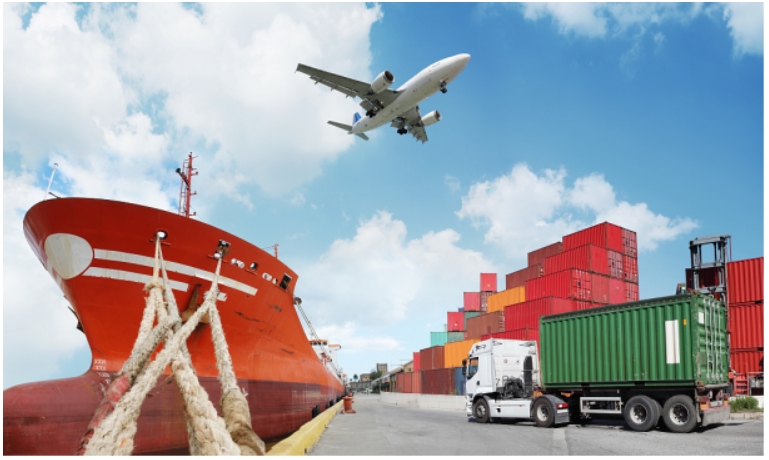Author:aronDate:2025-4-26

Challenges facing the foreign trade industry in the future.
1. Weak growth in external demand and market contraction:
Weak global demand
Demand in traditional markets such as Europe and the United States continues to decline. Some companies report that the order volume has decreased by 30%-50% compared with before the epidemic, especially low value-added products have been significantly impacted. The International Monetary Fund predicts that the global trade growth rate may be lower than 3% in 2025, and weak external demand has become a long-term pressure.
Emerging market development is difficult
Although emerging markets such as Southeast Asia and Africa have great potential, their consumption capacity is limited and policy stability is insufficient. Enterprises need to balance short-term benefits and long-term investment risks.
2. Increasing uncertainty in the international trade environment:
Technical barriers and export controls The scope of US export controls on China has been expanded to include semiconductors, AI and other fields, and technology companies face the risk of supply chain disruptions. Green trade barriers such as the EU Carbon Border Adjustment Mechanism (CBAM) also increase compliance costs.
Geopolitics and trade protectionism
Sino-US trade frictions continue to escalate, and frequent adjustments to tariff policies have led to a compression of corporate profit margins; the EU has postponed its tariff retaliation against the US, and the fragmentation trend of global trade rules is obvious
III. Industry chain and cost pressure:
Insufficient supply chain resilience
International logistics fluctuations (such as the Red Sea crisis) and regional industrial chain transfers (such as the Southeast Asian substitution effect) have pushed up transportation and production costs.
Domestic competition involution
The surge in the number of foreign trade companies has led to intensified homogeneous competition, and the profit margins of some industries have fallen below 5%, and companies are forced to maintain market share through price wars.
IV. Technology and model transformation challenges:
High threshold for digital transformation
Although cross-border e-commerce is a growth engine, small and medium-sized enterprises have talent and funding shortcomings in data compliance and AI technology applications.
Green trade standards upgrade
New regulations such as the EU's "Zero Deforestation Act" require full-chain carbon footprint traceability, and traditional manufacturing is facing pressure from equipment updates and surging certification costs.
V. Difficulties in policy and standard connection:
Differences in domestic and foreign trade standards
Some products are difficult to "same line and same standard" due to inconsistent domestic and foreign quality standards, which restricts the efficiency of export-to-domestic sales.
Regional cooperation mechanism needs to be improved
The implementation of agreements such as RCEP has been uneven, and small and medium-sized enterprises still face practical obstacles in the use of rules of origin and cross-border payments.
Outlook for response direction
Market diversification: Accelerate the layout of emerging markets such as the Middle East and Latin America along the "Belt and Road" to reduce dependence on a single market.
Technological breakthrough: Break through "stuck neck" technology through R&D investment, and promote the export of high value-added products such as new energy and intelligent equipment.
Policy coordination: Promote mutual recognition of domestic and foreign trade standards with the help of platforms such as free trade pilot zones, and improve risk hedging tools such as export credit insurance.
The cross-validation of the above challenges and response strategies shows that in the future, the foreign trade industry needs to make simultaneous breakthroughs in the three dimensions of "resilient supply chain + technological innovation + rule adaptation" to cope with changes.
↓Next [ Advanced Worker Commendation Conference, Company Annual Meeting Grandly Held ]






